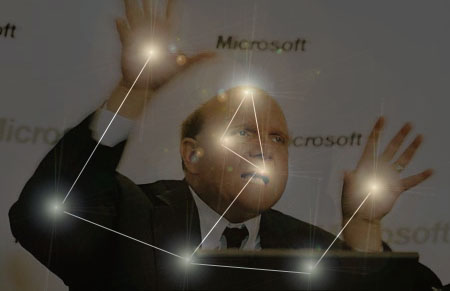We asked around, but no one seemed to want or be able to give a reason for the discrepancy. Based on information we had access to last week it appears that while manufacturers are indeed ramping up production of Windows 8 devices they did not want to over produce or over seed the market. This would seem to indicate that many OEMs and ODMs were leery of Windows 8 and how it would be received by the consumer. It is a smart business decision to make so that you are not pumping out a ton of hardware that might never show a sales return. We are guessing that these manufacturers (including Microsoft and Pegatron) will ramp up according to demand moving forward. This way they can maintain good supply and not have the same overhead problems that we have seen in the past.
Still the question remains, just how good is Microsoft’s Windows 8 doing? We will probably not know that until January 24th when Microsoft is expected to release the sales numbers for this quarter. Until that time all we can go on is information from retailers and e-tailers; this shows most meeting expectations in sales (with that unusual stock issue). However even with this information there is a piece of the puzzle missing. As with Windows Vista and even Windows 7, how does Microsoft count the systems purchased and then downgraded? We do not have those numbers to compare Windows 8 sales to the actual Windows 8 install base. True Windows RT sales are only going to count as Windows RT simply because most retailers are not breaking those numbers out for us just yet. Still we do not know how many people are buying a new Ultrabook with a touchscreen and touchpad only to throw Windows 7 on it. I know that we planned on doing just that as there are still more than a few applications that we use that do not run on Windows 8 yet. As we said, we will all have to wait until January 24th before we know how well Windows 8 is doing, but the fact that even Steve Baller is saying sales are moderate is not a good sign for those that were hoping for Windows 8 to be a major hit.
To further add to the mystery we know hear that Steven Sinosky has left Microsoft. Sinosky has been a driving force behind Windows for many years and his loss will certainly hurt Microsoft in the long run. The going rumor about the departure is that he demanded to be officially named a chief executive or he would quit. If this rumor is true, then Baller (in another of his “Brilliant” decisions) called his bluff and lost the 23-year veteran of Microsoft. We really do not know what goes through Steve Ballmer’s head sometimes.
What is next for Microsoft and Windows? At this point we can only make an estimate based on the information we have on hand, but we see Windows 8 selling better than Windows Vista based on the current upgrade price of $40 ($20 with the purchase of a Windows 7 PC) and a full price of $139. These prices will bring in the “why not” crowd after all $40 is less than most new games so why not pick it up and give it a try. This one facto will help Microsoft pick up quite a few extra sales from both retailers and e-tailers, it was a move that they should have done with Windows 7 after the failure of Windows Vista. We have said it before; Windows 8 faces an uncertain future; it will not be the smash hit that Microsoft wanted/needed, but fortunately for Microsoft it will also not be a commercial failure.
What do you think about Windows 8? Tell us in our Forum




